Tretinoin vs. Retinol

Image: Nil Taskin Digital Art
Tretinoin and retinol are both forms of vitamin A, but they differ in terms of strength and how they work:
Tretinoin (Retin-A):
- Potency: Tretinoin is a prescription-strength retinoid and is more potent than over-the-counter retinol.
- Mechanism of Action: Tretinoin works by binding to specific receptors in the skin, affecting gene expression, and promoting collagen production. It is known for its powerful acne-fighting and anti-aging properties.
- Availability: It’s available only with a prescription from a healthcare provider.
- Side Effects: Tretinoin can cause more significant skin irritation, redness, and peeling compared to retinol.
Retinol:
- Potency: Retinol is a milder form of vitamin A and is available over-the-counter.
- Mechanism of Action: Retinol must first be converted into its active form (retinoic acid) within the skin, making it less potent but generally better tolerated.
- Availability: You can purchase retinol-containing products without a prescription.
- Side Effects: Retinol typically causes less severe skin irritation compared to prescription-strength tretinoin.
The choice between tretinoin and retinol depends on your skincare needs and sensitivity. Tretinoin is often recommended for more serious skin concerns, like acne and deep wrinkles, while retinol is suitable for milder anti-aging and general skin maintenance. It’s advisable to consult a dermatologist or healthcare provider for personalized recommendations.


